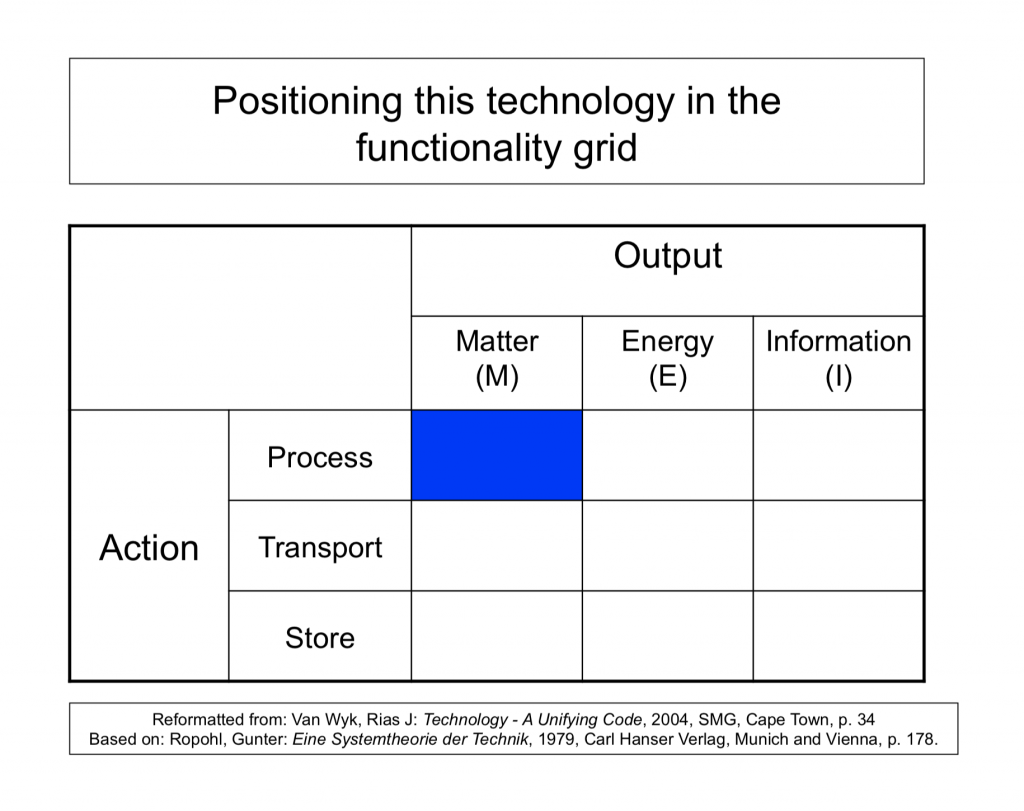
The rapid purification of salty or brackish water could become a most popular technology in the coming years.
Rapid and inexpensive purification is regarded as a Technology Landmark for use in an Omega Map. The information presented here is based on an article “Scientists Create a Material That Makes Salty Water Safe to Drink in Minutes” written by David Nield in Science Alerts on 15 August 2020. A further source are the comments of Prof. Huanting Wang, Monash University, Australia, in an article “Breakthrough technology purifies water using the power of sunlight” in EurekAlert!, 10 August 2020, as well as further sources by the same author.
The technology is based on a new Principle of Operation that uses metal-organic framework compounds (MOFS). Under dark conditions they remove impurities from the water in just half an hour. A freshwater yield of 139.5 litres per day would be achieved. This yield would be accomplished with an energy consumption of 0.11 Wh per litre to desalinating 2,233 ppm of brackish water. But then: “After just four minutes of exposure to sunlight, the material releases all of the salt soaked up from the water, and is ready to be used again.”
The effect of this innovation is to improve the Functionality: Process-Energy. Its position is indicated on the Functionality Grid. (See diagram below.)
The dominant Functional Performance Metric to be watched for is a decrease in the time taken to produce a volume of clean water. Future metrics could see an improvement in the amount of MOF material (one kilogram) required to produce a daily output of clean water (139.5 litres).
The Technology Readiness Level on a scale of 1 to 9, is estimated at TRL 3: i.e. “Experimental Proof of Concept”.
Technical terminology is covered in: Van Wyk, Rias, (2017) Technology: Its Fundamental Nature, Beau Bassin, Mauritius, LAP LAMBERT Academic Publishing, (http://amzn.to/2Avsk3r)
For descriptions of:
- Technology Landmark; pp. 83-84, Diagram 11.1, Stage 3
- Principle of operation; p. 20
- Functionality; pp. 24-25
- OmegaMap; pp. 92-93
- Functionality Grid; pp. 29-32
- Technology readiness levels; pp. 22-23
